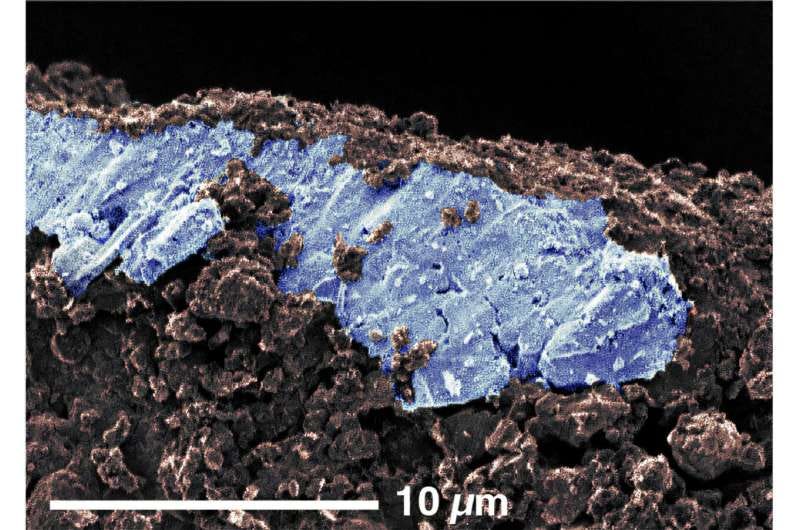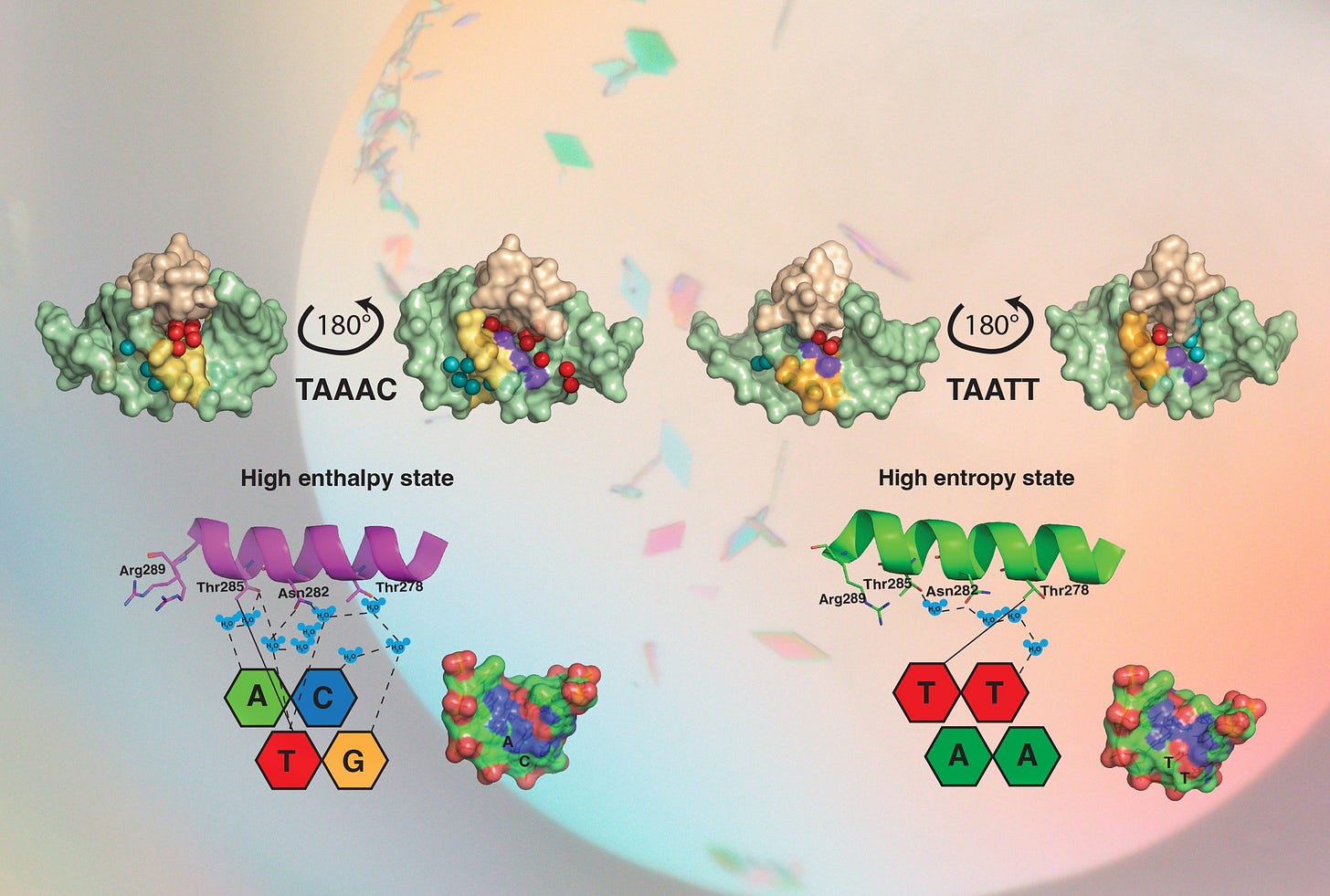🔎 The Curiosity Files #1
Curiously exploring the mysteries of our past, present, and future
“Curiosity is its own reason. Aren’t you in awe when you contemplate the mysteries of eternity, of life, of the marvellous structure behind reality?” Albert Einstein
Welcome to the first edition of The Curiosity Files!
Twice a week, I’ll journey through the most fascinating discoveries across archaeology, ancient history, human origins, space, consciousness, cutting-edge science and the unexplained.
🗿 Ancient Mysteries, Archaeology & Lost Civilizations
A Settlement Discovery Could Upend Our Theory of Early America.
An 11,000-year-old Indigenous settlement found in Saskatchewan reshapes the understanding of North American civilizations. Evidence of a long-term settlement, rather than a temporary hunting camp, pushes against previous ideas that Indigenous peoples were solely nomadic. The find also bumps against previously held beliefs on how long people groups have lived in North America.
London’s first Roman basilica found under office block.
Archaeologists hail discovery of near-2,000-year-old structure as one of most significant recent finds in the city.
Göbeklitepe moves olive trees to safeguard ancient artifacts.
Olive trees at Göbeklitepe, a UNESCO World Heritage Site in south-eastern Türkiye, are being relocated to prevent damage to its 12,000-year-old historical artifacts. Since excavations began in 1995, landowners had increased the number of olive trees to align with expropriation compensation.
An ancient tree revealed the tale of Earth's magnetic field reversal.
A perfectly preserved ancient tree fossil offered scientists an unprecedented view into a moment 42,000 years ago when the Earth’s magnetic field went haywire. The compelling 2021 study tells the story of temporary environmental chaos, potentially influencing everything from an increase in cave paintings to the extinction of the Neanderthals.
🌌 Cosmic & Space Mysteries
Scientists Intrigued by Nearby Planet That Could Potentially Support Life.
The planet, dubbed HD 20794 d, is suspected to be what's referred to as a super-Earth, possessing around six times the mass of our world. Promisingly, it orbits a star much like our own, and resides just twenty light years away. That makes it one of the closest potentially habitable worlds that astronomers know of.
The Mystery of Water—and Potentially Life—on Ancient Mars May Have Just Been Solved.
A new study by Harvard scientists examining the mystery of water and life on ancient Mars has found several chemical mechanisms that likely contributed to a warmer, wetter environment capable of sustaining life.
Asteroid Ryugu samples suggest presence of salty water in outer solar system.
A team of researchers at Kyoto University have found evidence of salt minerals in samples recovered from Ryugu during the initial phase of Japan's Hayabusa2 mission. The discovery of these deposits, containing sodium carbonate, halite, and sodium sulfates, suggest that liquid saline water once existed within a parent body of Ryugu.
New theory ups the odds that intelligent aliens exist.
Intelligent life on Earth and beyond may be much more commonplace than we’d previously thought, according to a paper published in the journal Science Advances. The qualitative review study offers a detailed critique of the hard-steps model and presents an alternative way of understanding why it took billions of years for our species to evolve. If we were to go extinct, some other form of intelligent life could readily emerge in our stead, according to the newly proposed framework.
🧠 The Mind, Consciousness & the Origins of Life
How to create a consciousness test.
With humanoid AI on the horizon, soon the question will be asked more and more: is that robot conscious? The debate has already begun. Some laugh at the question, and answer a resounding “no!”. Others argue that if human brains are made of physical stuff, then why couldn’t this other physical stuff in AI and robots produce consciousness too? But the real problem is, no matter which side you’re on; how can we ever tell if something is consciousness? In animals and even humans, your friends and family, there is no way to know for sure they are conscious. So, here R. D. Hinshelwood asks: is it possible to create a test for consciousness? A Consciousness Test?
This Little-Known Scientist May Have Unlocked the Secret of Life’s Origins on Earth 50 Years Ago, but Was Buried by History.
For decades, a little-known scientist worked in obscurity, proposing a radical idea about the origins of life. His theory, dismissed and forgotten, challenged everything we thought we knew. Now, researchers are rediscovering his work—and the implications are astonishing. What if the secret to life was uncovered long ago, only to be ignored?
Why can’t we remember our lives as babies or toddlers?
Memories emerge earlier in some cultures than others, but researchers have long puzzled over our inability to recall events before two or three years of age
The hallucinatory thoughts of the dying mind.
Delirium is one of the most perplexing deathbed phenomena, exposing the gap between our cultural ideals of dying words and the reality of a disoriented mind.
Water molecules help proteins read the human genome.
In a recently published study in Nature Structural and Molecular Biology, scientists from the Department of Medical Biochemistry and Biophysics at Karolinska Institutet, have discovered that water molecules play a crucial role in helping proteins, specifically transcription factors, read and regulate the human genome.
Mapmaking in the mind: How the brain builds mental maps of the world.
Our brains build maps of the environment that help us understand the world around us, allowing us to think, recall, and plan. These maps not only help us to, say, find our room on the correct floor of a hotel, but they also help us figure out if we've gotten off the elevator on the wrong floor.
🦠 Evolutionary Oddities & Life on Earth
Birds have developed complex brains independently from mammals.
These findings challenge the traditional view of brain evolution and demonstrate that, while comparable brain functions exist among these groups, embryonic formation mechanisms and cell types have followed divergent evolutionary trajectories.
Surprising fossils suggest early animals survived outside of water
A new look at fossils from the Cambrian Period around 500 million years ago has revealed that some of the earliest animals spent time on mudflats that were sometimes exposed to the air – a find that could rewrite the story of when life first left the oceans.
Lake Vostok: The 15 million-year-old lake buried miles beneath Antarctica's ice
Buried several miles beneath East Antarctica's ice, Lake Vostok is one of the largest freshwater lakes on Earth, rivaling Lake Ontario in terms of size and volume.
These sea turtles ‘dance’ when magnetic fields lead them to a snack.
The turtles’ reactions to the areas where food is present is some compelling evidence that they can learn to distinguish between magnetic fields.
Can animals learn another species' 'language?'
It turns out, there are examples of animals learning to understand — and even use — vocalizations or signals from species other than their own.
Paleontologists Discovered the Oldest Modern Bird Ever Found, Which Might Have Shared the World with a T. Rex
Scientists have uncovered a 69-million-year-old fossil that could change everything we know about bird evolution. The nearly complete skull reveals features strikingly similar to modern birds, raising new debates among paleontologists. Some believe it proves that today’s birds once coexisted with dinosaurs, while others remain skeptical.
Macaques appear to associate spoken words with pictures.
These cross-modal associations are one of the cognitive foundations of language.
Whale Song Reveals Eerie Similarities to Human Speech.
Two new studies have found eerily human-like sophistication in whale songs, challenging notions about our exceptionality and potentially shedding light on the evolution of language.
Biological aging may not be driven by what we thought.
A new study draws a line between random genetic mutations and predictable epigenetic changes used to measure biological aging.
🚀 Cutting-Edge Science & Technology
Experimental jet achieves supersonic flight, minus the boom.
During a Mach cutoff, a sonic boom is refracted inside the atmosphere and prevented from ever reaching ground level.
Fabric produces light, sound even if stretched to 200% of its length, can help wearables
The Triton X used in the material stores electrical energy more effectively and makes it more stretchable. When electricity passes through this composite, it causes the phosphor particles to emit light while simultaneously creating tiny vibrations that produce sound waves, according to a report.
🛸 The Unexplained & the Unusual
Mysterious UFO-like disc seen in New Mexico on Google Maps sparks investigation
Google Map images of the site show the top of the disc features metallic hardware and part of one side has since been covered by vegetation.
Scientists finally crack mystery of eerie ‘ghost lantern’ orbs linked to strange whispers and slamming doors.
Earthquake lights have been observed around the world as glowing spheres, sparks, pillars and other shapes.
🌀 Beyond the Known
Beyond causality.
In order to bridge the yawning gulf between the humanities and the sciences we must turn to an unexpected field: mathematics.
Mirror life is a scientific fantasy leading to a dangerous reality − a synthetic biologist explains how mirror bacteria could conquer life on Earth.
Most major biological molecules, including all proteins, DNA and RNA, point in one direction or another. Two chiralities are possible: left and right, formally called L for the Latin laevus and D for dexter. All life on Earth uses L proteins and D sugars. For a long time, scientists have been speculating about making biopolymers that would mirror compounds in nature but in the opposite orientation.
Physicists uncover evidence of two arrows of time emerging from the quantum realm
What if time is not as fixed as we thought? Imagine that instead of flowing in one direction -- from past to future -- time could flow forward or backwards due to processes taking place at the quantum level. This is the thought-provoking discovery made by researchers at the University of Surrey, as a new study reveals that opposing arrows of time can theoretically emerge from certain quantum systems.
When 3D meets 4D: Scientists decode the strange physics of quasicrystals
New study on quasicrystals shows the patterns we see in nature could be just shadows of a hidden reality from higher dimensions.
🔮 Closing Thought
Hopefully, today’s first edition helped to expand your mind and push the boundaries of what you know.
Which article fascinated you the most? Let me know in the comments below and provide links to any curiosities you have found!
Until next time, stay curious!






Honorable mention: "Secrets of Magnetism, 3rd edition by Ken Wheeler" available for free in every one of his YouTube video descriptions ;) highly, highly highly highly recommend this book if you want an insight to classified science and mathematics being held from us.
the geomagnetic field stuff is interesting but it got a lot wrong, the excursions happen much more frequently, approx. 6000 years and we are at the beginning of the next one. some say in the next 30 years.
the last one is what we know as the story of Noah's ark